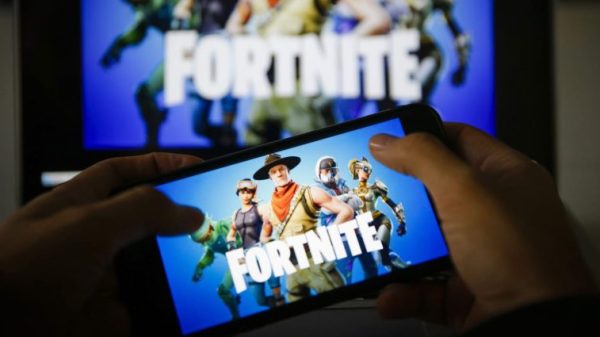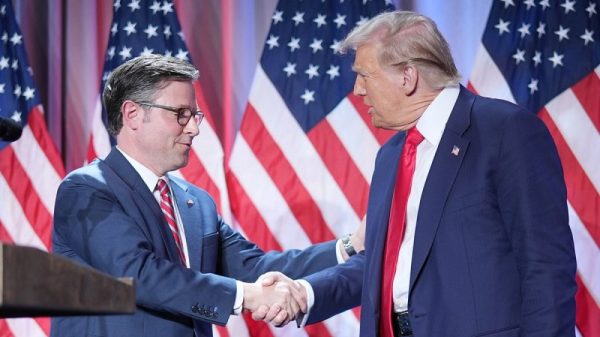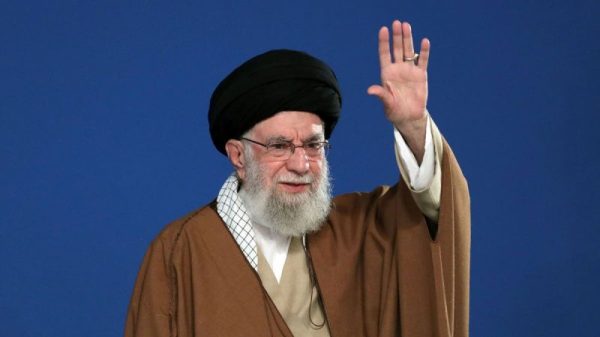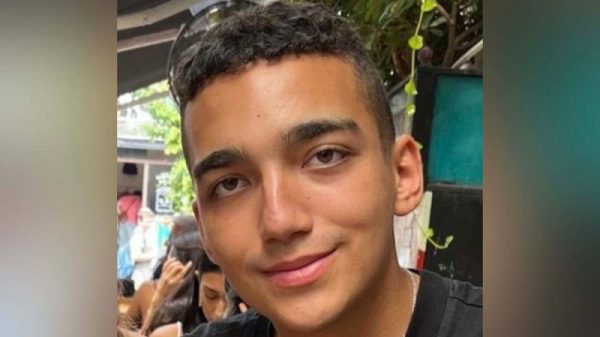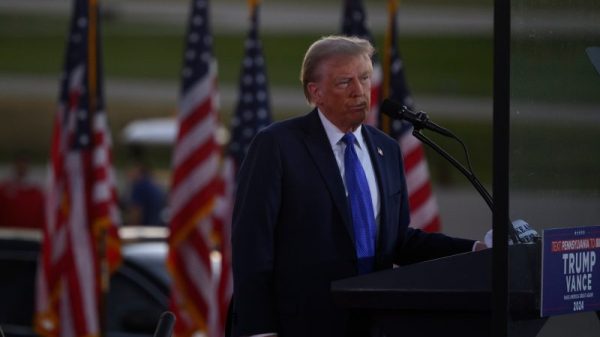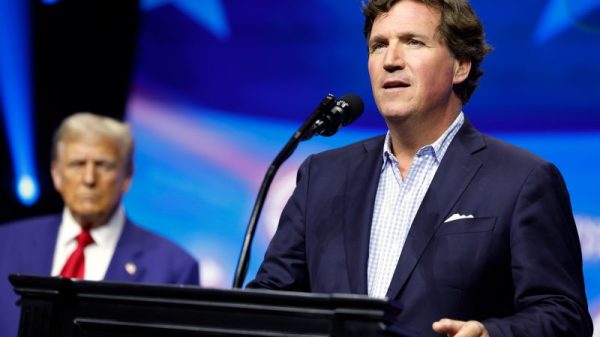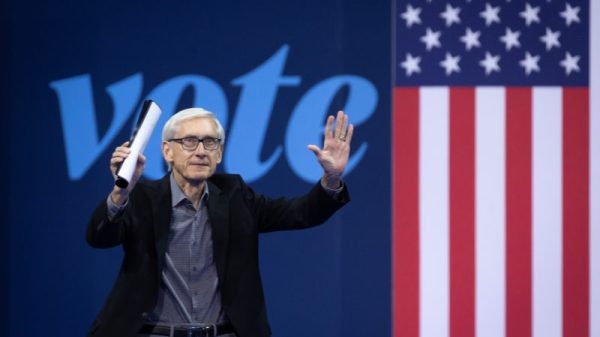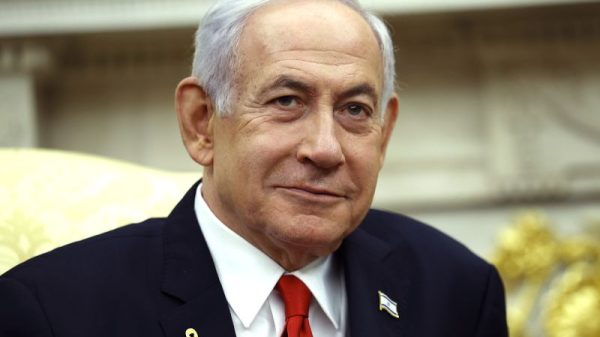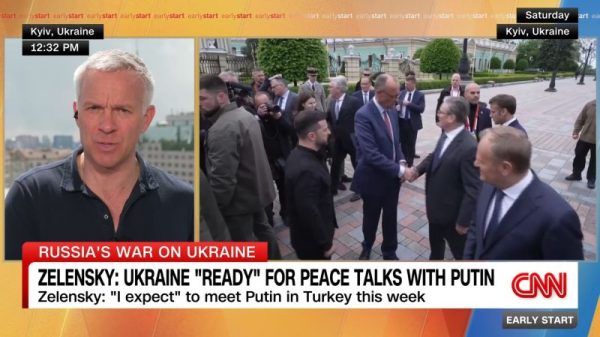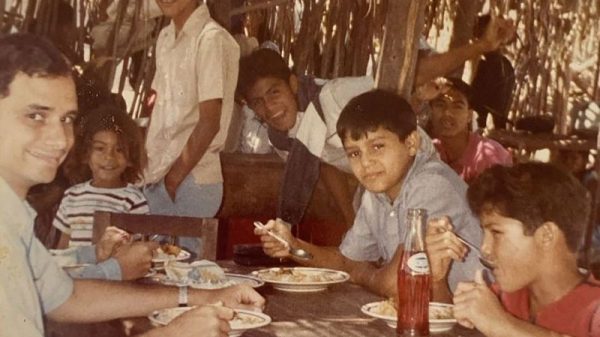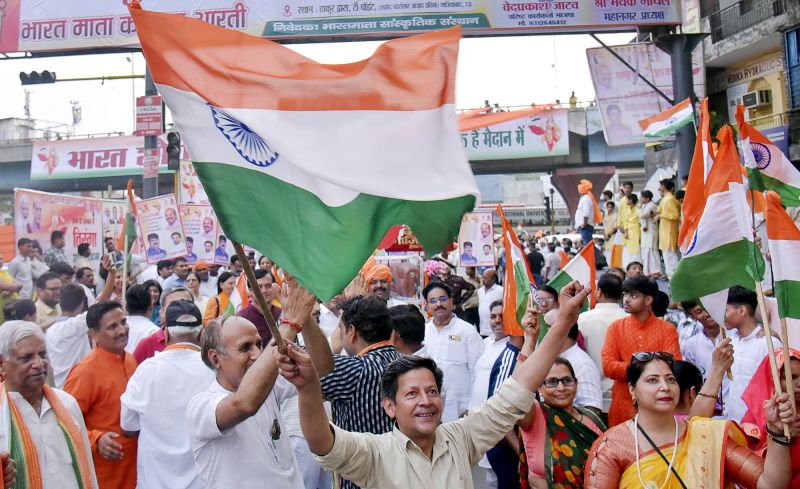India and Pakistan engaged in the most intense fighting in decades with four days of escalating conflict that included fighter jets, missiles and drones packed with explosives. It ended almost as abruptly as it began.
New details reveal how a flurry of phone calls and diplomacy ultimately brought about a truce between the nuclear-armed neighbors and historic foes.
And while the Indian and Pakistani accounts differ on some details, both sides agree the breakthrough started to come on Saturday afternoon.
The ceasefire between Islamabad and New Delhi that according to Pakistani officials had been in the works for several days, was agreed to after a “hotline” message was sent from a top Pakistani military official to his Indian counterpart, India’s military said Sunday, offering new details about how the unexpected deal was struck.
In a briefing Sunday, India’s director general of military operations said that as officials were huddling Saturday “to wargame” the early morning’s strikes from Pakistan, he received a message from his counterpart in Pakistan seeking communications.
During a call, held at 3:35 p.m. local time, a ceasefire agreement was reached, according to India’s director general of military operations, Lt Gen Rajiv Ghai. He said a further call would be held to “discuss the modalities that would enable the longevity” of the agreement. Pakistan has not confirmed whether or not a call was held, but the official involved in the diplomatic efforts said Pakistan had received unspecified “assurances” from the US that India would abide by the ceasefire.
The latest details of how the agreement was reached, which was first announced by US President Donald Trump, give the clearest picture yet of how Islamabad and New Delhi directly communicated to agree on an end to the spiraling conflict amid growing international pressure.
On his Truth Social, Trump said Saturday the US had brokered an end to the fighting and congratulated the leaders of both countries for “using common sense and great intelligence.” While Islamabad praised US involvement, New Delhi has downplayed it – keen to portray the ceasefire as a victory and saying that the neighbors had worked together “directly” on the truce.
India’s director general of military operations, Ghai, said India approached Islamabad on Wednesday following its initial strikes to “communicate our compulsions to strike at the heart of terror.”
India made a request – which was not specified – that was “brusquely turned down with an intimation that a severe response was inevitable and in the offing,” Ghai told reporters. The Pakistani military said that it was approached by India earlier in the week regarding a ceasefire.
“The Indians requested a ceasefire after the 8th and 9th of May after they started their operation. We told them we will communicate back after our retribution,” Pakistan’s Major General Ahmed Sharif Chaudhry said during a news conference on Sunday. After Pakistan’s military operation, “we reached the international interlocutors and we responded to the ceasefire request,” he said.
Speaking on Wednesday, after India’s initial strikes, a Pakistani official involved in diplomacy efforts said Pakistan was engaged with the US and that he hoped those conversations would bring positive results.
He said Pakistan was going to give diplomacy a chance and hold off on retaliation as the US and others tried diplomacy – though India claimed Pakistan repeatedly fired drones and artillery into its territory, something Islamabad has strenuously denied.
The Pakistani official said they were shocked when India attacked several Pakistani airbases early Saturday morning as they thought diplomacy was still in play. Pakistan immediately struck back, he said, harder than they had previously planned.
Pakistan’s military called the strikes on multiple Indian military bases an “eye for eye” and saying they targeted the Indian air bases used to launch missiles on Pakistan.
The escalatory strikes from both sides forced the existing diplomatic efforts into a high gear – including by the United States, China and Saudi Arabia – to broker an end to the fighting.
US Secretary of State Marco Rubio said in a statement that he and Vice President JD Vance had spoken to the political and military leadership in India and Pakistan to secure agreement before the situation deteriorated further.
Vance had pressed India’s Prime Minister Narendra Modi to find a potential “off-ramp” to escalating tensions, according to multiple sources at India’s foreign ministry. Modi listened, but did not commit, the sources said.
China’s foreign minister Wang Yi also spoke separately to top officials in India and Pakistan and expressed Beijing’s support for a ceasefire, according to readouts from China’s foreign ministry.
Just before 8 a.m. ET on Saturday, about 5 p.m. in India and Pakistan, Trump announced the ceasefire on Truth Social, writing: “After a long night of talks mediated by the United States, I am pleased to announce that India and Pakistan have agreed to a FULL AND IMMEDIATE CEASEFIRE.”
Shortly after Trump’s post, both sides confirmed the truce.
India’s Foreign Ministry said the agreement was worked out “directly between the two countries,” downplaying US involvement and contradicting Trump’s claim.
But Pakistani officials heaped praise on Washington. “We thank President Trump for his leadership and proactive role for peace in the region,” said Prime Minister Shehbaz Sharif.
It’s not surprising these bitter rivals give contradictory accounts of how a deal was struck.
India, which views itself as a regional superpower, has long been resistant to international mediation, whereas Pakistan, which is heavily dependent on foreign aid, tends to welcome it, analysts say.
The Indian military’s latest account of what happened raises further questions as to what exactly was Washington’s role in brokering the truce.
For India and Pakistan, the truce – which largely appears to be holding despite early accusations of each other violating the agreement – has brought much needed relief to both sides.






